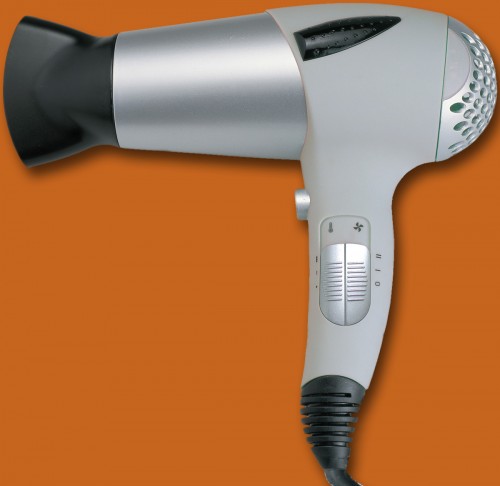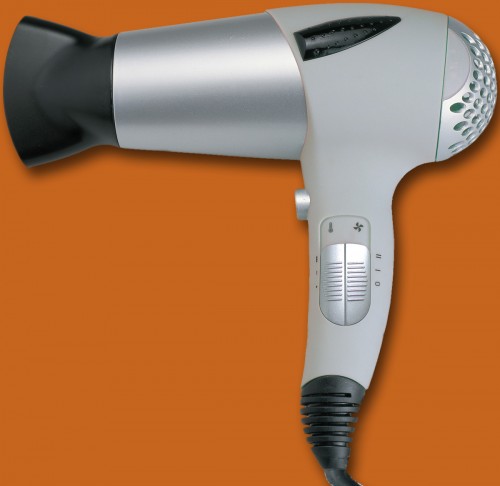I’m in decent shape for 52, but it took everything I had to carry a hefty piece of welded steel plate out of the backyard — and I didn’t place it any too gently on the curb when I got it there. So I was impressed when John from Blue Scrap & Recycling casually flipped the hunk of metal into his truck without apparent effort. John suggested we ought to give him a call when we have more demo work. “We’re used to moving heavy stuff around,” he said. “Plaster and wood, that’s kid’s stuff.” Even so, it took John and a crew of four a full afternoon to rip out our old heating plant.
The oil furnace, tank, and gas boiler that took up half the basement will be replaced in the JP Green House by an efficient air circulation system, heat exchange unit, and a small electric heating element, drawing as little power as a intermittent hair dryer. Supplemental heating will only be required on the very coldest days, provided by a wood or pellet stove (which only need burn for brief intervals), and air conditioning will not be neccessary.
Heating a home with a hair dryer — that is the astounding promise of passivhaus, the state-of-the-art energy efficient construction standard that’s so far ahead of the envelope in U.S. building codes that structures built to passivhaus code score low in Energy Star and LEED rankings; that’s because neither standard accounts for buildings so tight and well insulated that they don’t require traditional heating plants (and lose points in the ratings game for having none!).
Minneapolis blower door.The Energy Conservatory.Placetailor’s Pratt House project illustrates the point. The super-insulated home of Simon Hare, founder of Placetailor, built on the footprint of a 100-year-old gunsmith shop on Fort Hill in Roxbury, scored an astonishing 0.6 in volume of air replacement in a recent blower test (dead-on for the passivhaus standard and difficult to achieve in a very small spaces). In the test, a large fan is attached to a door to create a partial vacuum, and the rate at which air filters into the structure gives an accurate picture of the tightness of its envelope.
Passivhaus certification sets tough standards for air tightness, heating, and total energy consumption, and recommends three additonal measurements covering window efficiency, peak heating, and ventilation heat recovery. Taken together, these criteria ensure a snug, parsimonious, well ventilated space, intelligently oriented to prevailing weather and the path of the sun, that stays cool in summer, as old adobe buildings do in the Southwest, and hoards heat from appliances, bodies, and lighting so well that it remains pleasant and warm without additional heating on all but the coldest days.
Energy savings (and avoided carbon emissions) are immense. The JP Green House aims to use less than 4.75 kBtu/sq. foot per year in heating, an austounding 1/8 of the 40.5 kBtu/sq. ft. of our estimated past energy expenditures in a barely insulated structure with cracks wide enough to admit daylight. (Based on U.S. Energy Information Administration 2001 survey data.) The comparison with average U.S. housing stock, and even Energy Star-certified homes, shown in the chart below is no less remarkable. If we are able to install pv solar and micro-wind, it will be no great trick to reach negative (net) carbon emissions and become a small electric power generator.
Challenges. The challenges confronting our design/build team at Placetailor are mountainous. To meet exacting passivhaus standards on a shoestring budget in a rickety 100-year-old building abandoned for the last five years is tough by any measure, but Andrée and I have heaped on additional burdens by our persnickety insistence on certain aesthetic considerations. We are assuredly among the very few climate-conscious homeowners called to task by our designers for not daring to dream large enough in reducing our own carbon footprint.
Take the matter of the windows. To minimize energy loss and maximize passive solar heating in winter months, it makes sense to virtually eliminate openings on the north side and install large windows on the south to warm concrete floors and retain energy, which radiates into living space at night. From the perspective of energy expenditure, there is no utility to windows on the east and west sides and the strict dictates of the passivhaus standards encourage designers to limit their size or do away with them entirely. This can be handled in new construction by turning south-facing walls into a curtain of glass — with shades, screens, and even intelligent planting of deciduous trees and vines to provide summertime shade — but such a solution is out of reach in our constrained budget.
But forgoing those windows is a problem for us. We do not want to lose the view on our west side, which looks onto our garden, nor on the east, which commands a fine prospect of the intersection anchored by our former corner store and cemeteries further down Bourne Street, and we worry about how our demonstration home will be received by an American audience who will not find appealing, it seems safe to say, any house that feels dark and closed in. Placetailor cut the Gordian knot of the windows by designing permanently emplaced, triple-paned picture windows with small venting casements on the side, and will custom-craft insulated shutters to cut heat loss at night.
Another example of tradeoffs was whether to use cellulose or recycled-foam insulation. The choice matters, in terms of modeling low-carbon impact construction pathways; cellulose is a clear winner, but it also means a four-inch difference in how much interior space is lost. In the end, we decided to do both, employing an innovative construction solution devised by Placetailor using recycled cellulose on the second floor and installing recycled foam on the first.
These are just two example amid many of the tradeoffs between cutting carbon emissions to the bone — the imperative on which averting collapse of civilization depends — our personal wants and sensibilities, and our best guess as to the comforts, aestetics, and amenities essential to winning acceptance by a wider audience.



